Evey healthcare practice is a business at the end of the day. It must generate revenue in order to survive as an organization. This makes efficient revenue cycle management an integral part of every healthcare organization. It is important for the financial stability and success of healthcare organizations.
A major area within the revenue cycle is the ‘cost to collect’. This refers to the expenses incurred by hospitals in the process of collecting payment for the services they provide.
In this blog, we will learn about the importance of reducing cost collection and provide practical strategies which improve efficiency of hospital RCM.
What is ‘Cost to Collect’?
Cost to collect includes various expenses involved in the revenue cycle like technology, staffing, supplies, and administrative tasks related to billing and collections. Understanding these costs to identify areas of improvement is important for potential savings. These are small savings but add up to a significant amount.
By streamlining your healthcare management process and optimizing your resources, you can reduce the overall cost of collection to a huge extent. This will lead your healthcare practice to an improved financial performance.
Why should you focus on Cost to Collect?
If you can reduce your cost of collections, it increases the performance of your hospital RCM. For starters, it improves the bottom line by maximizing revenue and minimizing the expenses. It also enhances the cash flow for your hospital finance by reducing the time it takes to collect payments.
Furthermore, a streamlined hospital RCM with lowered costs improves patient experience. It diminishes billing errors and simplifies the payment process. By focusing on the cost to collect, hospitals can allocate their resources more effectively to ensure financial stability in the complex healthcare landscape.
How to Calculate ‘Cost to Collect’?
To start with reducing the cost of collection, hospitals must first understand how to calculate it. You can use this formula to determine the cost of collection.
Cost to Collect = (Total Operating Costs / Total Collections) × 100
Total operating costs include all the expenses associated with the revenue cycle such as salaries, software licenses, postage, office supplies, and collection agency fees. The total collections refer to the amount of money collected from patients and insurance providers during a specific period. Using this formula hospitals can determine their minimum cost to collect and track the progress as they implement cost-saving measures.
How to Improve Cost to Collect?
Streamline Your Administrative Process
Automation and digitization of your billing and collection processes can reduce the costs significantly. Integrate an electronic health records (EHR) system using electronic claim submission.
Practices must also invest in medical billing software which can streamline your workflow, reduce the paperwork and minimize errors.
Improve Staff Productivity
A properly trained and efficient staff can contribute to a more cost-effective revenue cycle. Conduct regular training sessions to keep your staff updated about the industry changes and best practices.
You must also keep cross-training staff members to handle multiple tasks, which can increase productivity and reduce the need for additional employees.
Improve Patient Communication & Education
It is the responsibility of the healthcare provider to communicate with patients clearly about their financial responsibilities. This can reduce the billing confusion and payment delays.
Give them a cost estimate, inform them about their insurance coverage, and offer a variety of payment options. Also let them know clearly which procedure is not covered under insurance and the out-of-pocket costs patients will have to pay after the treatment.
This allows the patients to decide if they want to go ahead with any particular treatment or not. This reduces payment delays as the patients are already aware of their payment responsibilities.
You can also integrate a self-service portal where the patient can access their medical billing information and make the payments. This improves efficiency and reduces costs.
Identify & Address Billing Errors
Errors in medical billing can result in delayed payments and increased administrative costs in healthcare management. One must regularly review the billing process and implement quality assurance checks to determine and rectify the errors before submitting the claim.
Conducting regular audits for your practice along with implementing the coding and documentation improvements will help your practice minimize errors and denials in your Hospital RCM.
Negotiate Favorable Contracts with Payers
Evaluate the contracts with insurance providers and make sure that the reimbursement rates are fair and reasonable. Find the opportunities and negotiate better terms with them.
Establish a relationship with the payers who promote prompt payments and reduce the administrative burden of medical billing. This also helps in maintaining hospital finance smoothly.
Optimize Revenue Cycle Workflows
Optimizing the revenue cycle is essential for every Hospital RCM. Evaluate your entire revenue cycle process from patient registration to claim submission and payment posting. Determine the areas where delays, redundancies, or errors can happen and hamper the process.
You should automate the repetitive tasks such as documentation which will save you loads of time. You can also infuse electronic eligibility verification process in your healthcare management and use predictive analytics to determine potential issues. This will boost your hospital finances by reducing costs significantly.
Collaborate with Third-Patry Vendors
Partnering with huge and reputable third-party vendors, providing hospital billing services or hospital management services is a great practice to simplify your medical billing. This can help your practice streamline the process, which reduces costs significantly.
There are a variety of medical billing companies such as Unify Healthcare Services who specialize in hospital billing services and revenue cycle optimization. They have the required expertise and resources to improve collections while decreasing the administrative burdens.
Improve Patient Eligibility Verification
Verification of patient insurance before providing the treatment is essential for maintaining hospital RCM. This helps identify any payment coverage issue or potential delays in payments which reduces paperwork significantly. It also improves the collection rates.
Implement real-time eligibility verification system and utilize clearinghouses to automate this process and improve accuracy.
Embrace Patient-Centered Billing
Use a patient centric approach to billing by providing clear and concise statements which include payment plans. Implementing a patient-friendly billing policy is also a good tactic to keep your patient satisfied.
Simplify the payment process by introducing various payment methods including online portals, mobile payment options, and automated payment plans. These small initiatives encourage faster payments and reduce the administrative burden associated with collections.
Continuously Monitor & Optimize
The healthcare landscape is very prone to frequent changes. New regulations, payer policies, payer requirements and reimbursement models are subject to change quite often in the field.
Healthcare organizations and providers must keep themselves updated about the industry changes and adjust their revenue cycle strategy accordingly. Monitoring the KPI’s, conducting audits, and seeking feedback from the staff are some essential steps you can take to identify the areas of improvement.
Regular optimization is the key to reducing the cost of collection in the long run.
Bottomline
Healthcare is a noble profession and there is no doubt about that. However, it is also a business at the end of the day.
Just like any other business, the cost of operation in healthcare is very huge. Reducing the cost to collect is very important for optimizing the hospital RCM. By implementing strategies to optimize such as streamlining the processes, improving staff productivity, improving patient communication, negotiating favorable payer contracts, and addressing billing errors can significantly decline the cost to collect.
By doing so, the financial performance can be improved significantly along with enhancing the cash flow and providing better patient experience.
Unify Healthcare Services is a well-regarded medical billing company with a long list of satisfied clients. With a team of trained professionals, we ensure that all the medical billing and coding done is accurate and precise, so that you don’t have to face denials due to any reason.
Unify Healthcare Services envisions making medical billing and coding easy and simplified for every healthcare practice so that they do not feel any sort of pressure while dealing with patients. Ultimately, we want the best treatment for patients with improved quality care by healthcare providers.


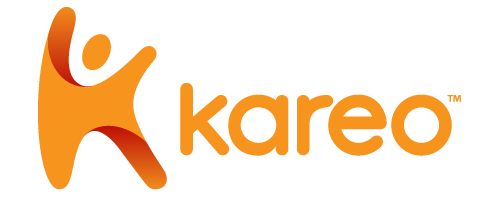



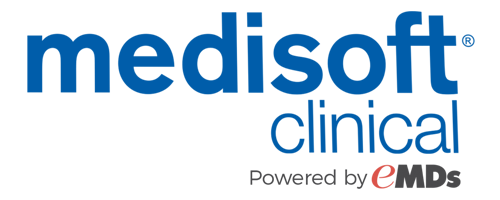

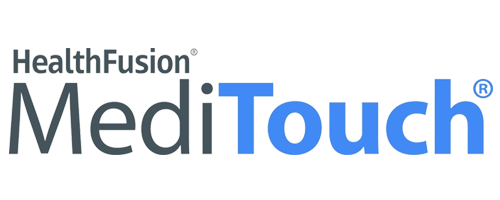
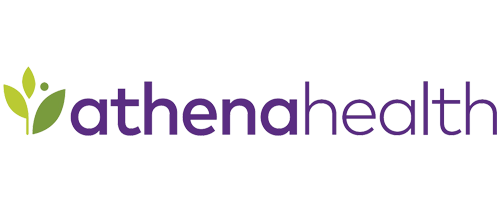
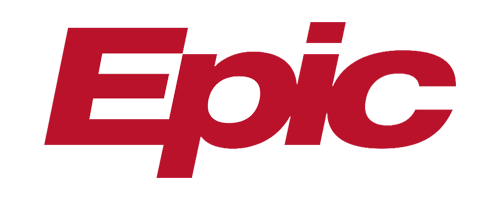

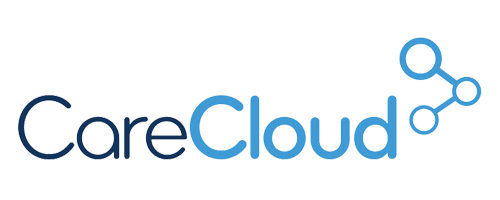
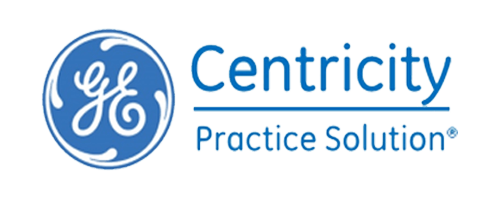
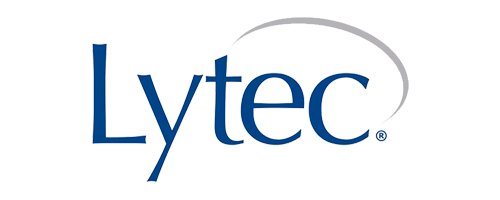
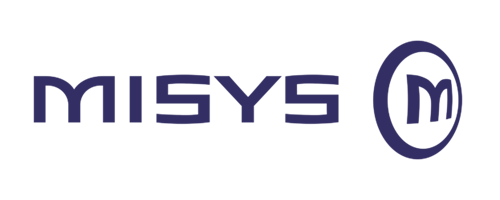
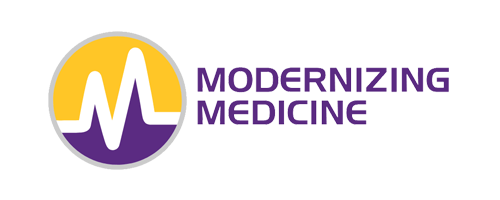

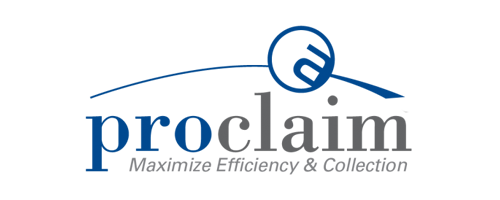

.webp)


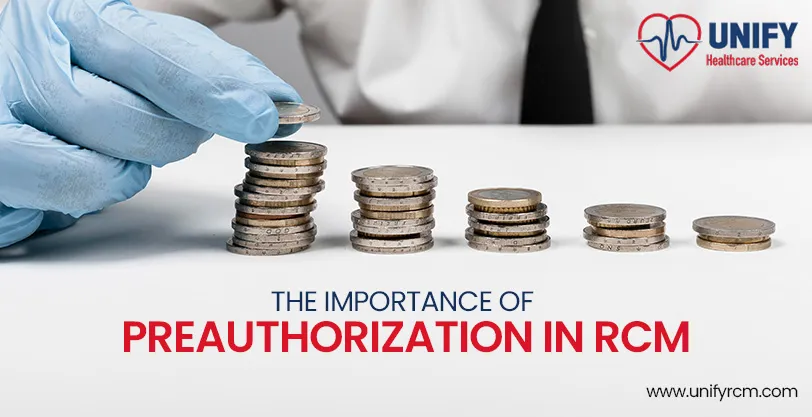


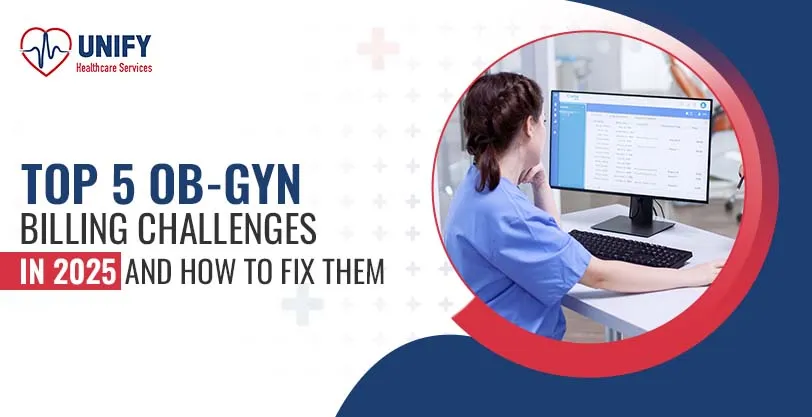
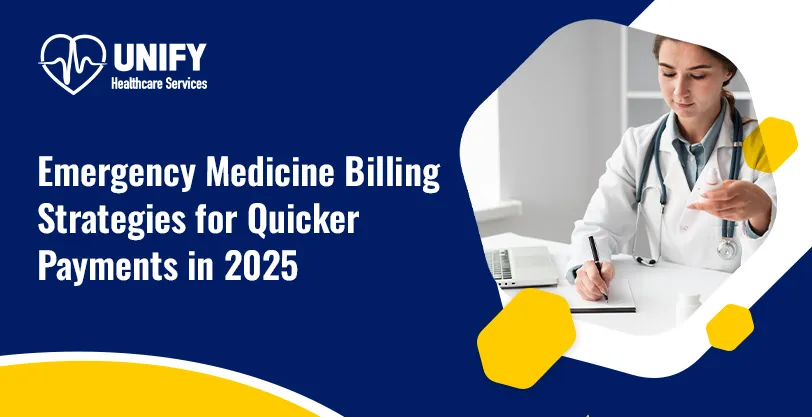

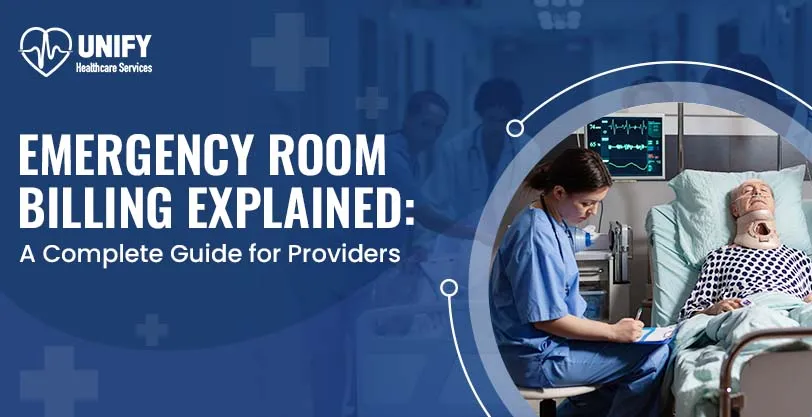
 1.jpg)